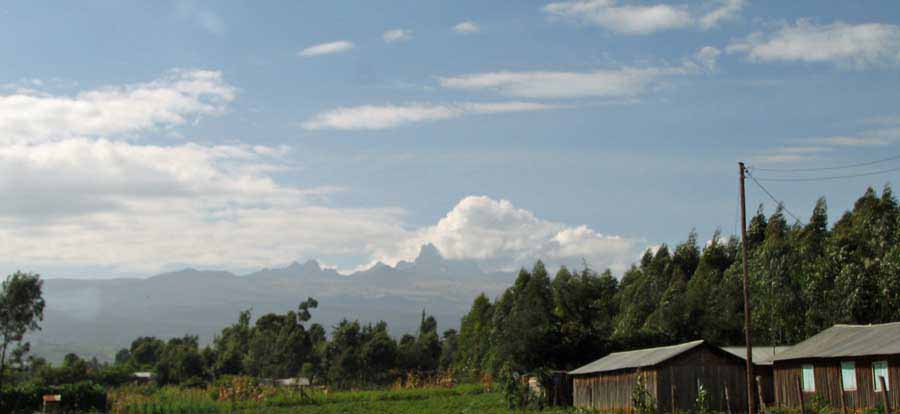 Taken
as we went down the road.
Taken
as we went down the road.
Lake Nakura National Park
As we travel to Lake Nakura we again see some subtle changes. The people appear to be more poor in the country side, although the towns appear to be fairly prosperous. Its the very small villages with road side business that appear to be almost without hope. We are a bit further from the areas particularly damaged by the drought and crops, both large commercial enterprises and small individual crops are productive.
One of the few "picture stops" out on the road, was made as we went by Mount Kenya. I attempted to get several shots as we were bumping down the road, and was pleased when Hodge made the stop.
 Taken
as we went down the road.
Taken
as we went down the road.
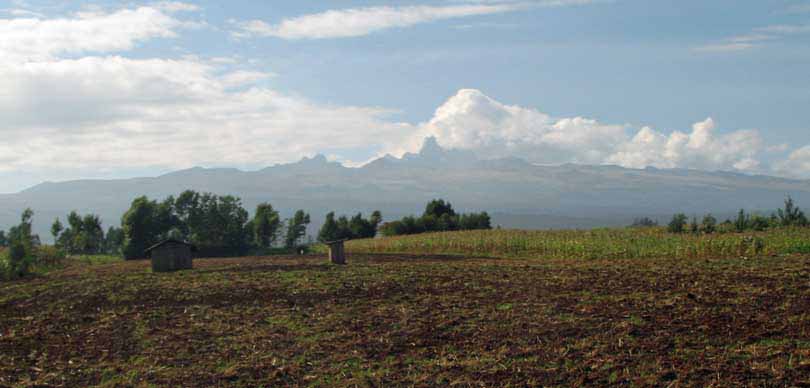
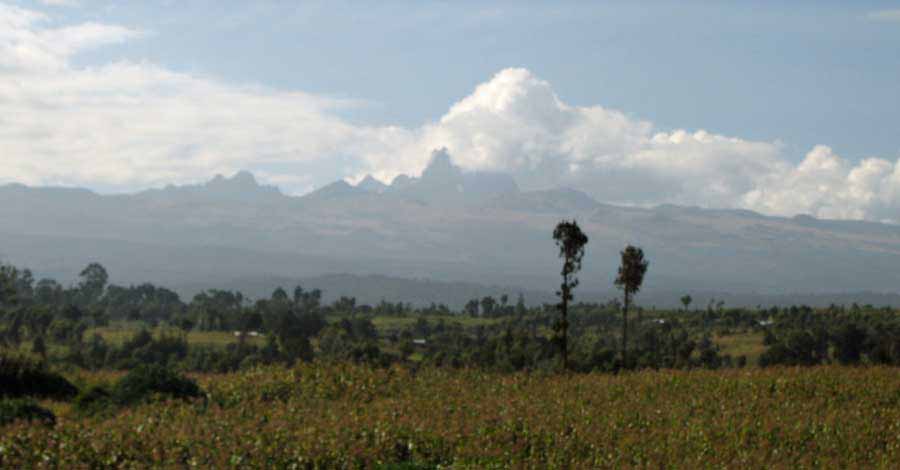
The best of the lot.
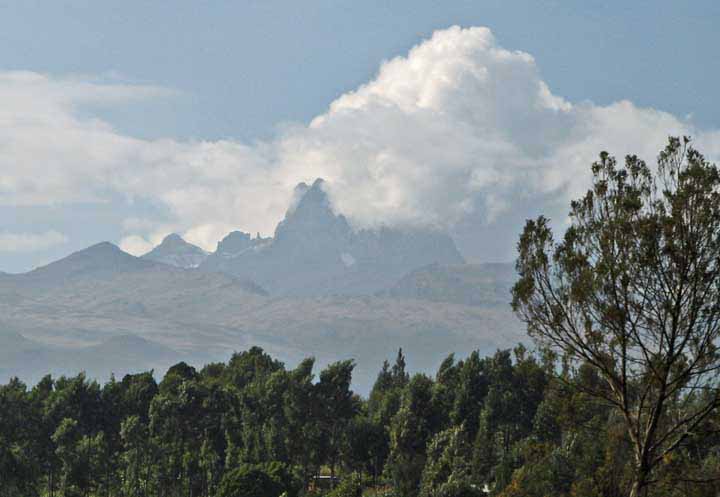
Some of the road side buildings in the countryside.
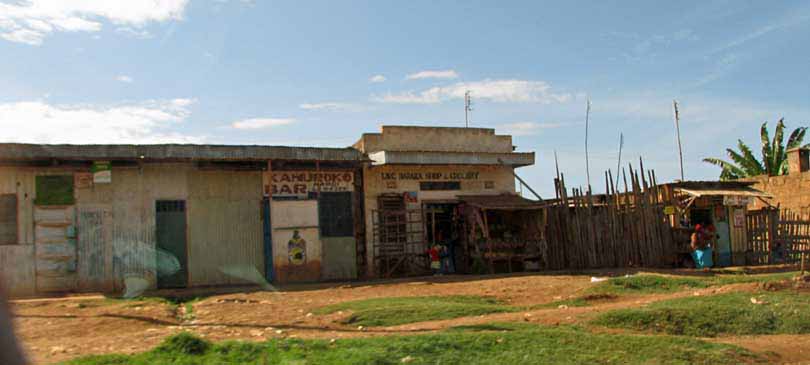
Local produce for sale
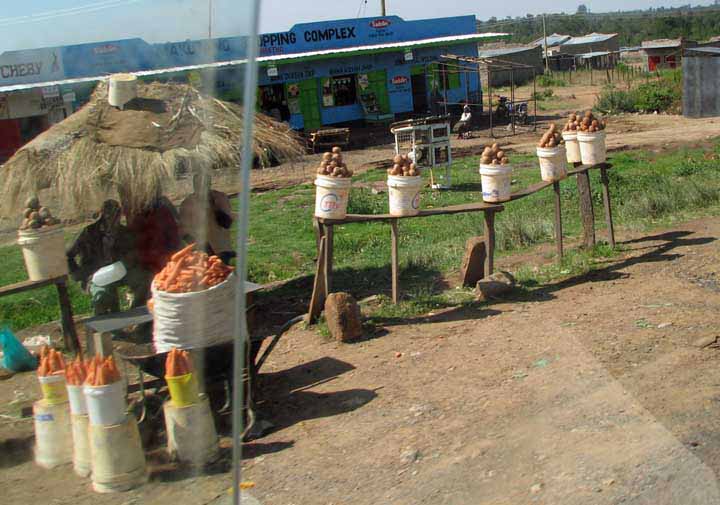
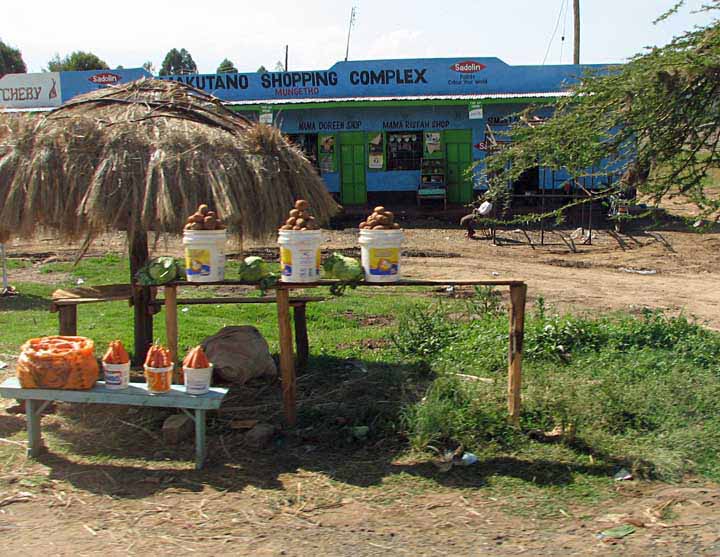
Strange, I thought, there were any number of locations selling ornamental plants and flowers, given how poor the people were, and how difficult life must be. Each of there nurseries were beautifully maintained, large or small.
A small nursery along the road
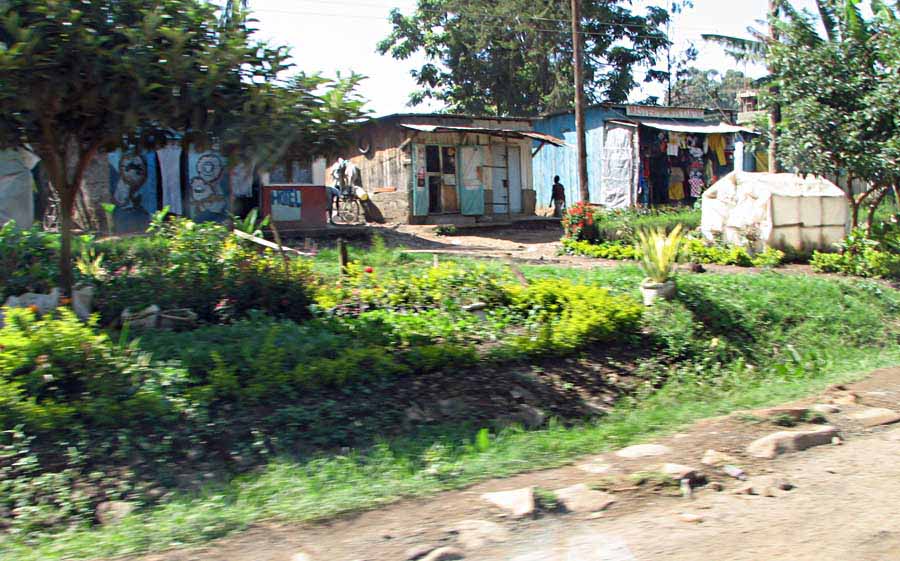
A larger one in he town
Notice the construction in the background of the picture - all the supports, braces, and work platforms are constructed of bamboo.

 A clothing shop
A clothing shop
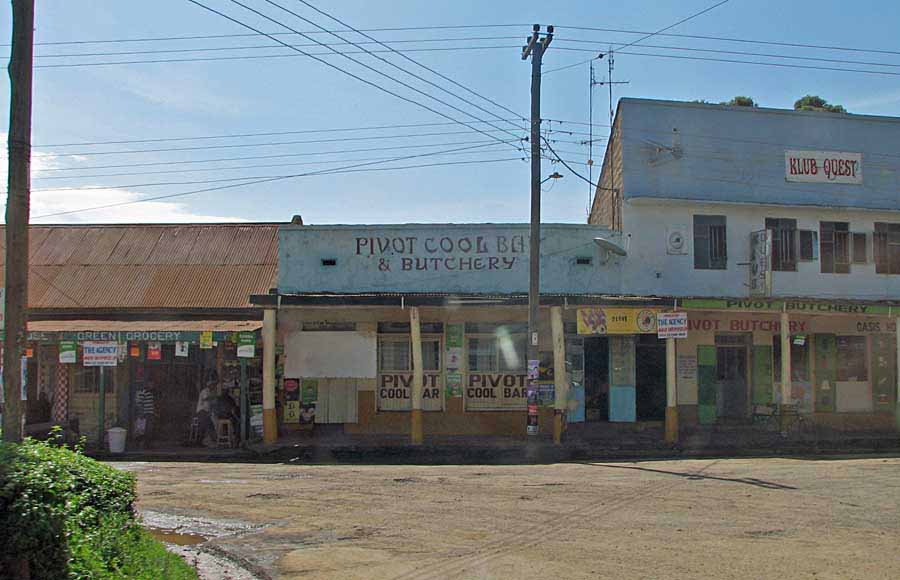
Shops and a butcher shop - no refrigeration
A beautifully maintained gas station at which we stopped

Homes hidden behind a fence - I'll never think of Kenya without thinking of the smell of smoke

The Magnate area was known as the White Island. When Hodge first mentioned that moniker, we asked why. He said that during earlier colonial times, only whites were allowed to live in this area - hence - White Island.
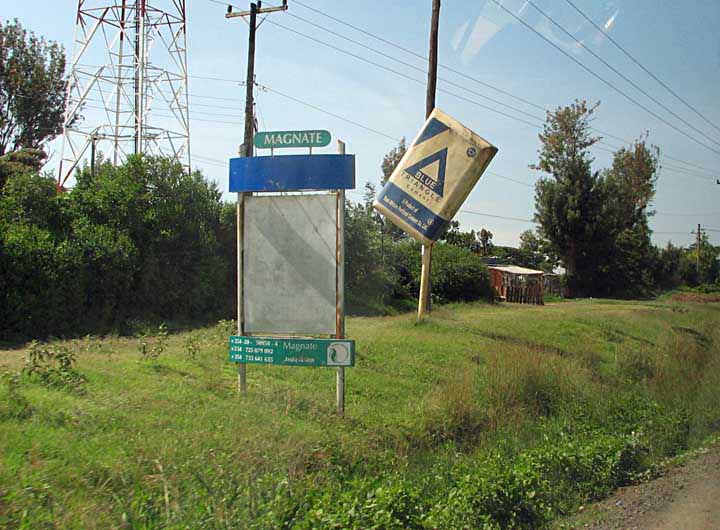
More nurseries
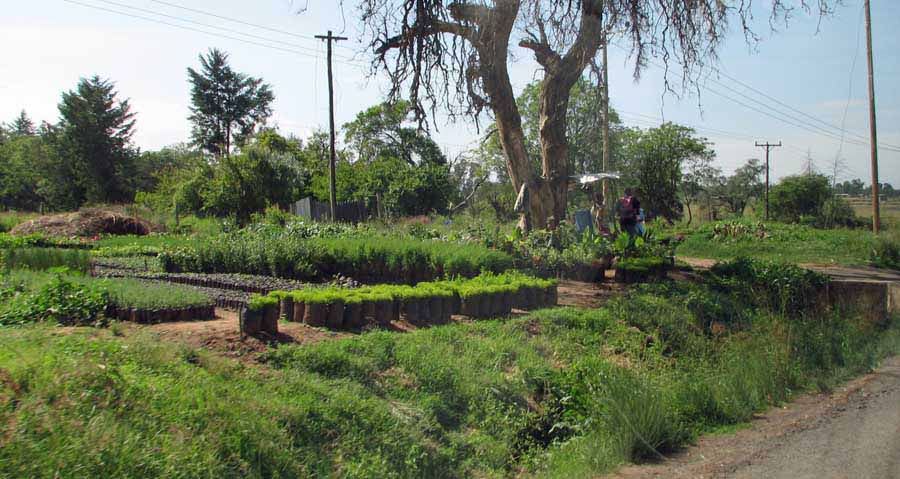

Quite a mixture of huts in this small village.
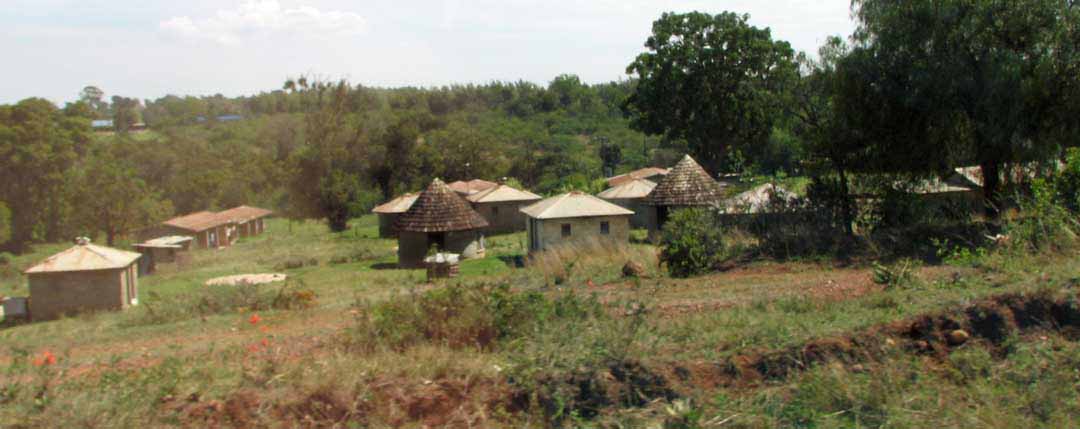
Ah, the roads! Why were we here? See below

A truck, on the "real road" was stuck in the mud, blocking the road.
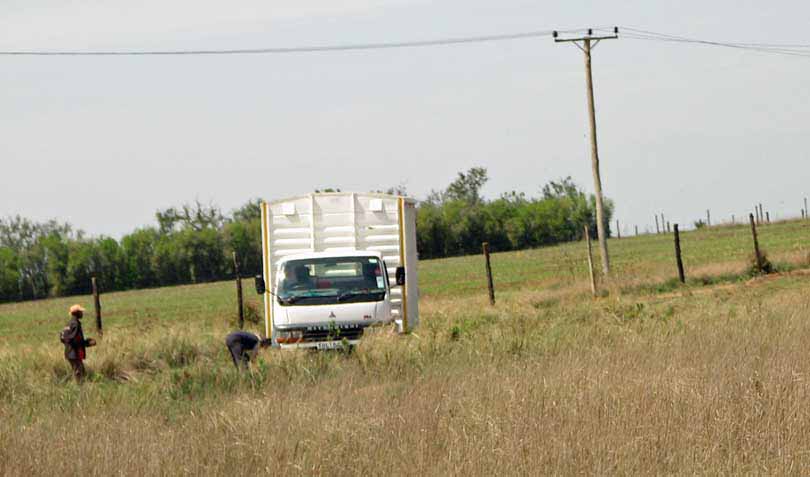
So we took a short detour around the stuck truck, via the area beyond the shoulder of the road. Hodge was an excellent driver and took this all in stride
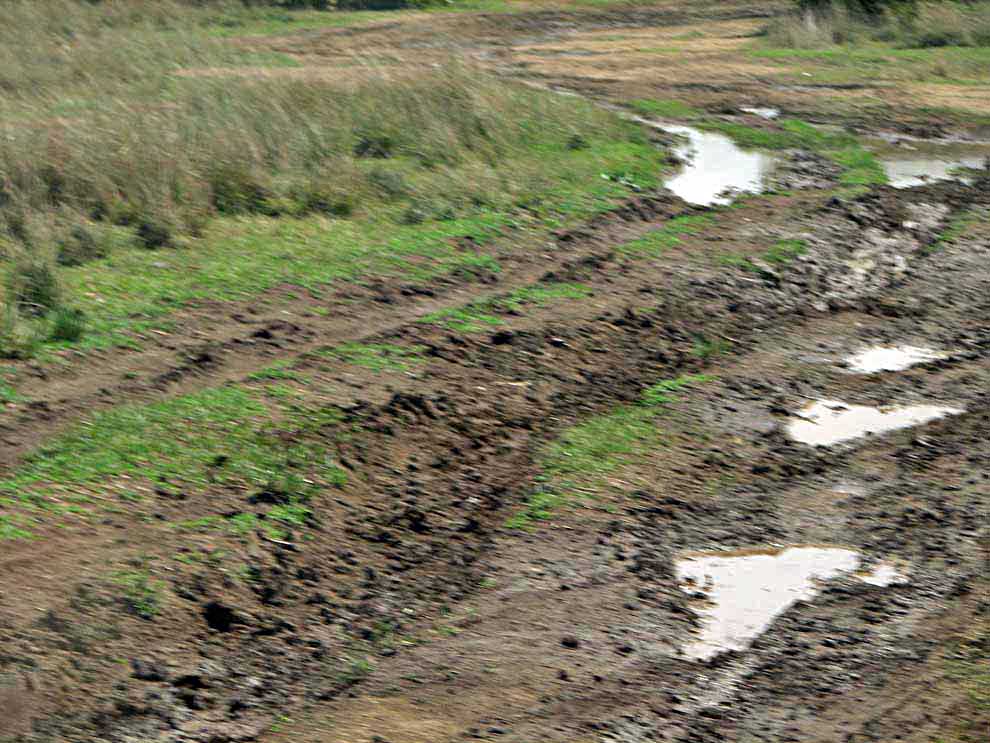
More road side buildings
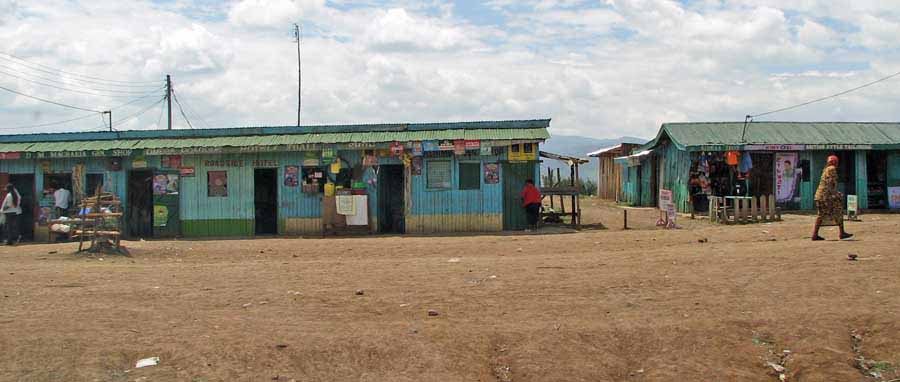
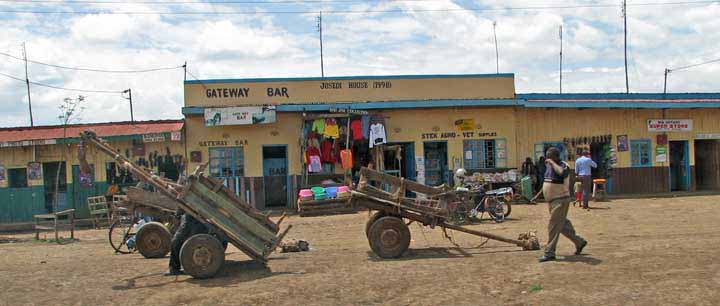
Notice the carts - all human powered
 The area's bicycle shop
The area's bicycle shop
And we stop on the Equator
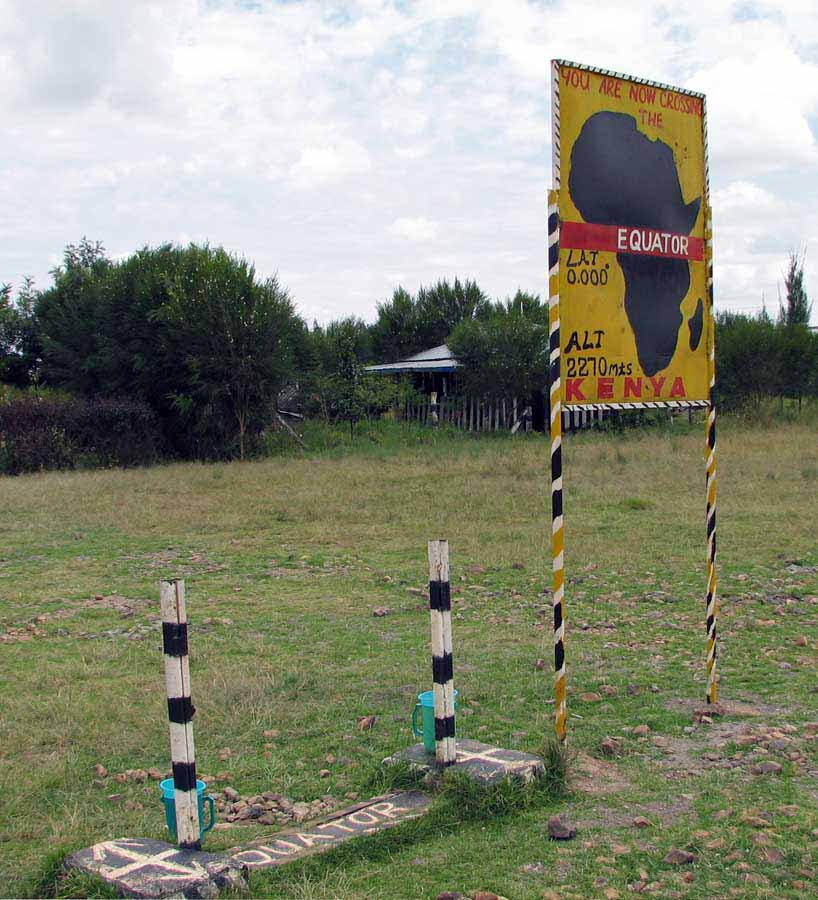

The was a tourist souvenir shop here, of course. Several main attractions - fresh red paint on the paths to the "fancy restrooms" (see Fellow Travelers pages), several globs of spilled paint on the shop's floors, and lectures on how to tell if you were above or below the Equator by watching water drain.
 See,
the water moves clockwise
See,
the water moves clockwise
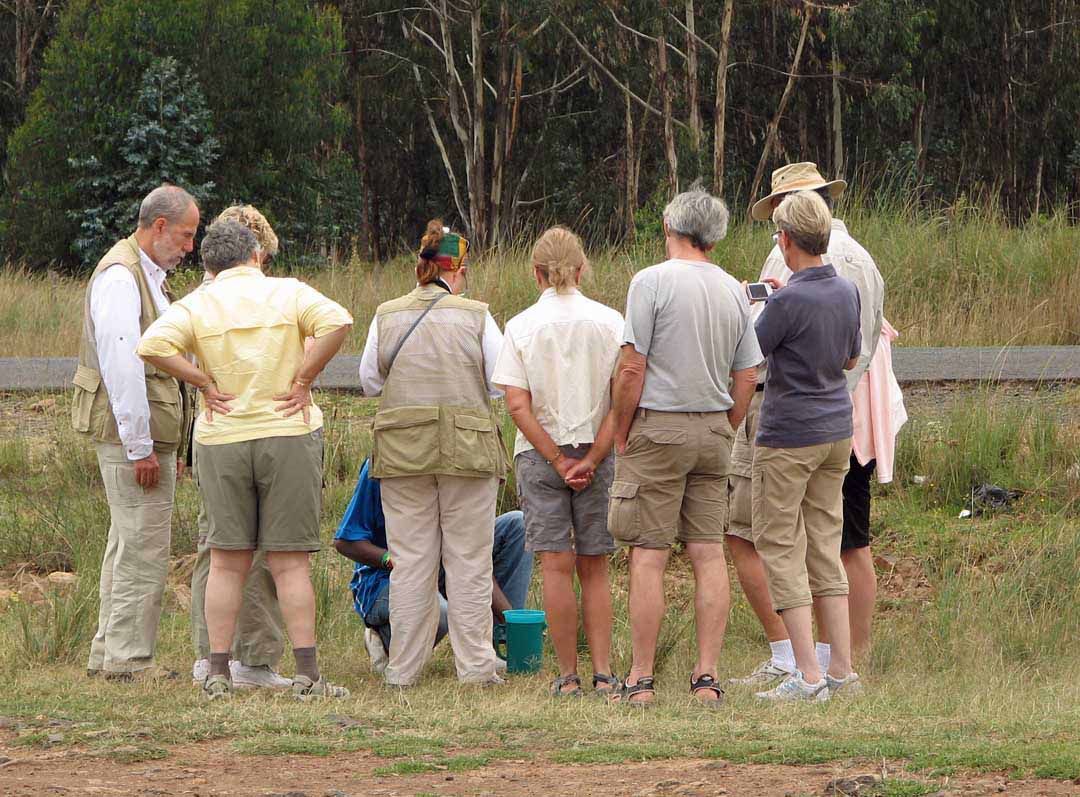
Now its counter clockwise
As the majority of the group was watching water, I wondered around and saw this flowering vine.

It is the Passion Fruit plant. The flower to the upper left and a yet to ripen fruit below.
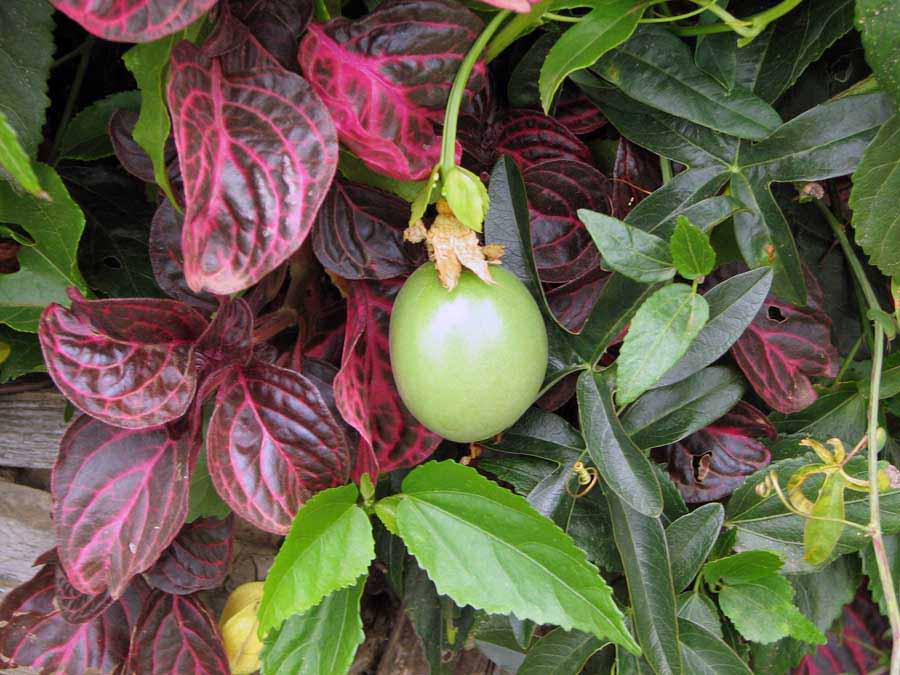
Out in the middle of no-where, a synagogue. The only one we saw.

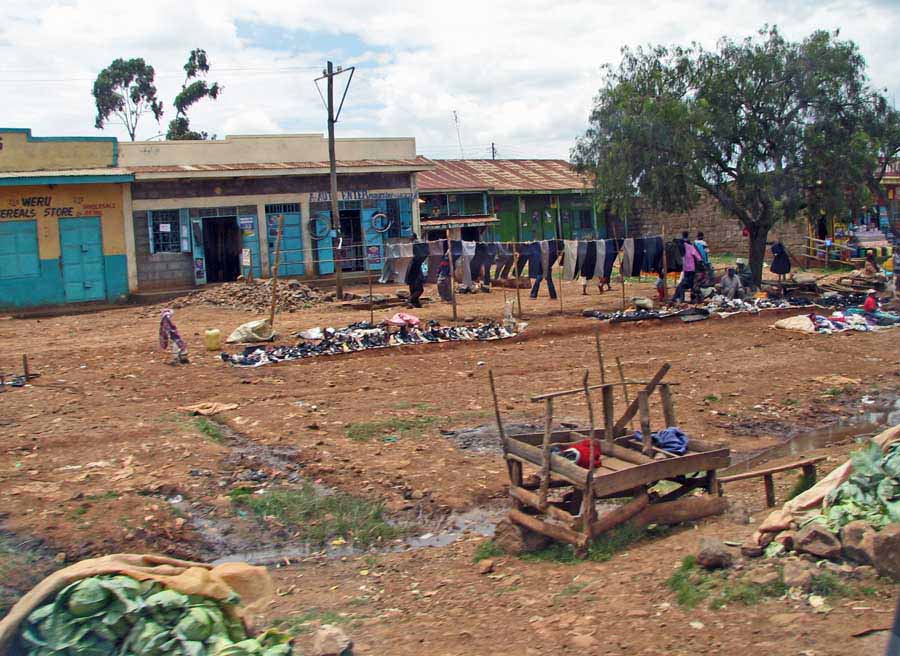 A clothing store
A clothing store
 A supermarket and roadside stands
A supermarket and roadside stands
This was a girl's school - the only time I saw students outside, other than walking to the school or walking home
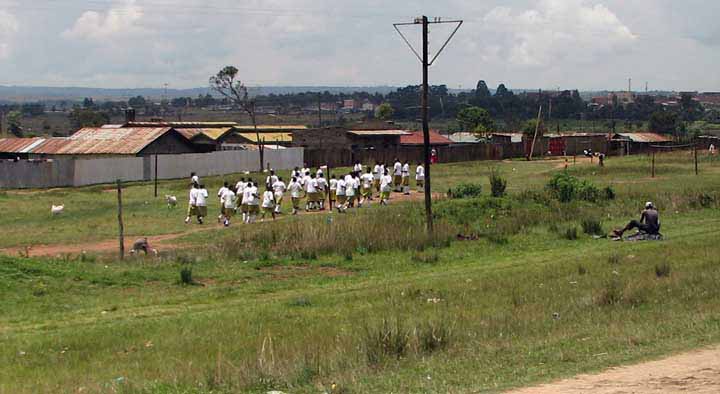

Below, a boy's school

Incidentally, other than a picture you'll find later these were the only playing children seen in either Kenya or Tanzania
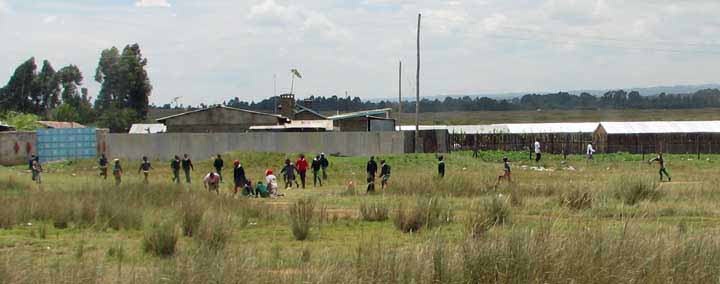
This is the Makalia Falls, at the south end of Lake Nakuru - We have motion pictures of this, but we can't get the website to present them.
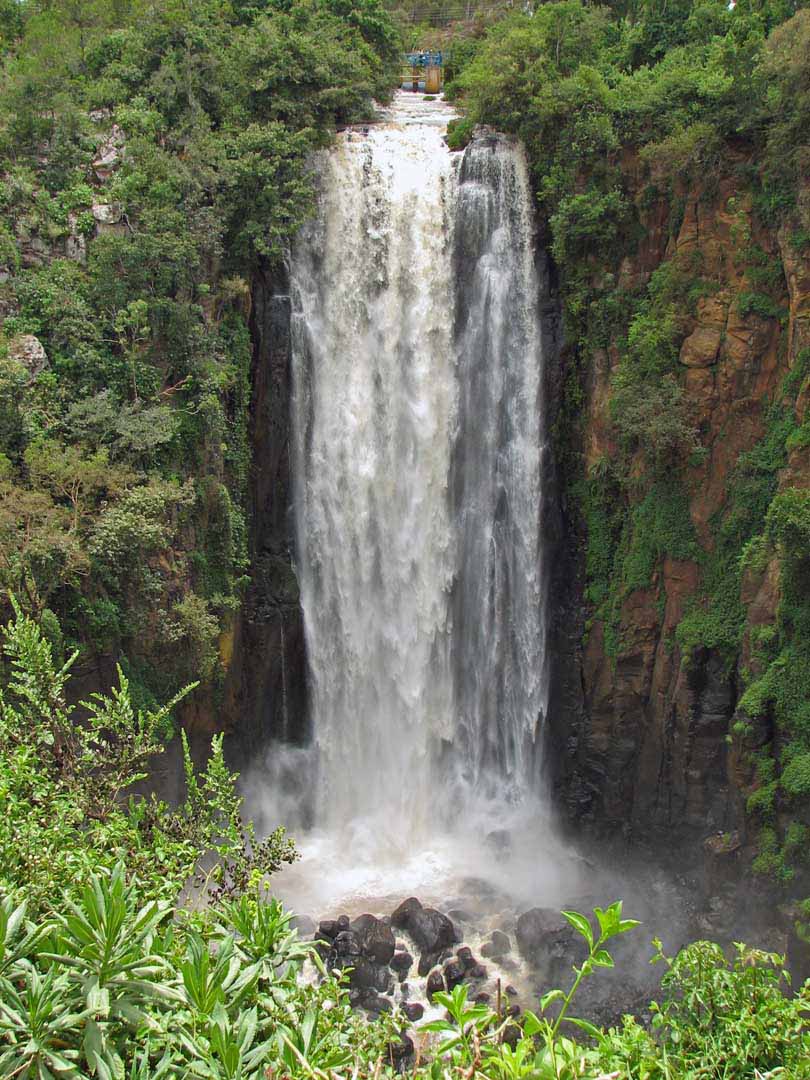
Worker's huts

Rice


Coffee
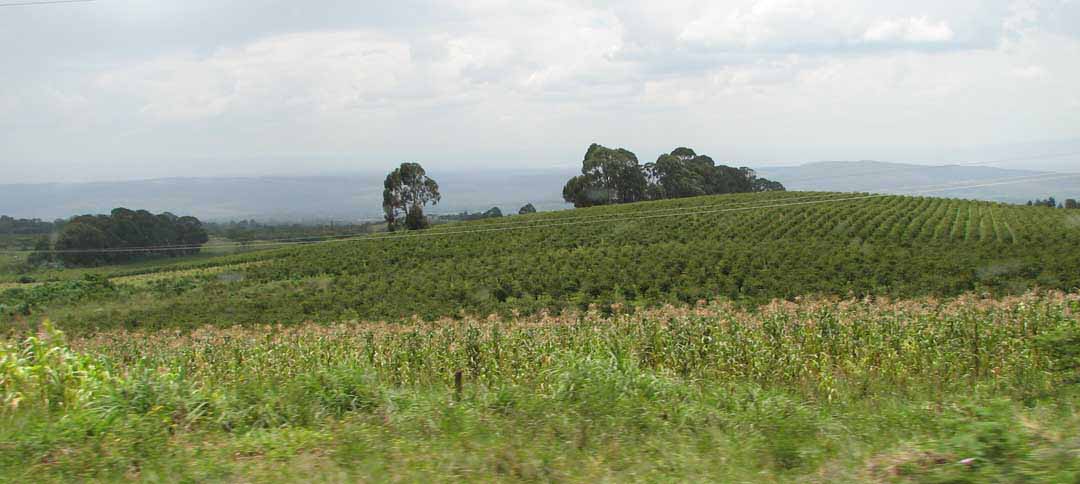
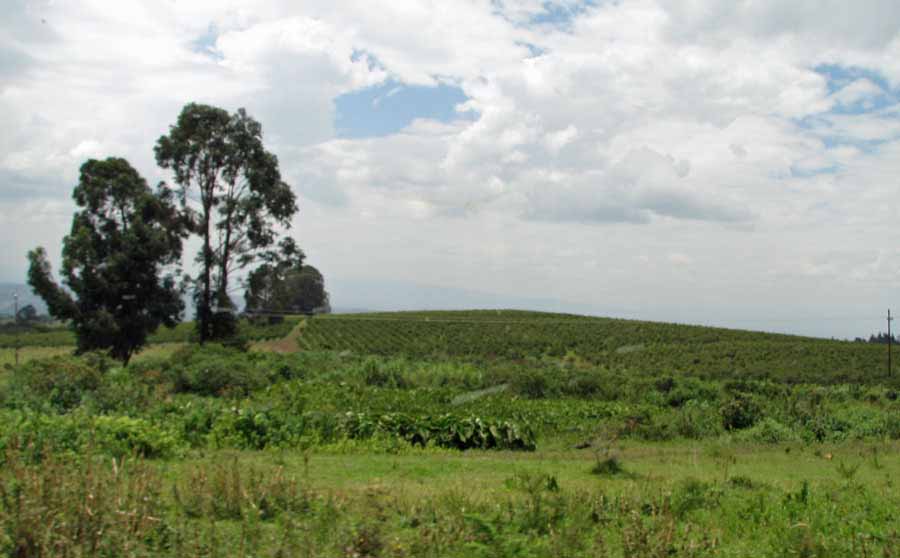
One of only two decent roads we had the opportunity to ride while in Kenya
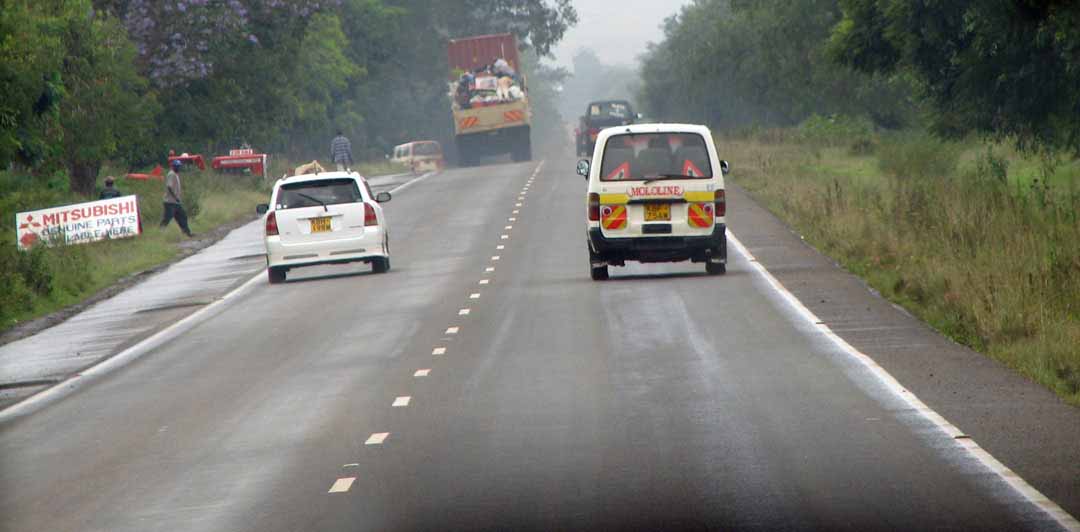
During the trip this day between Samburu and Lake Nakura we crossed the Equator between 7 and 9 times. The road seemed to parallel the equator for much of the trip.
And We Arrive At Lake Nakura

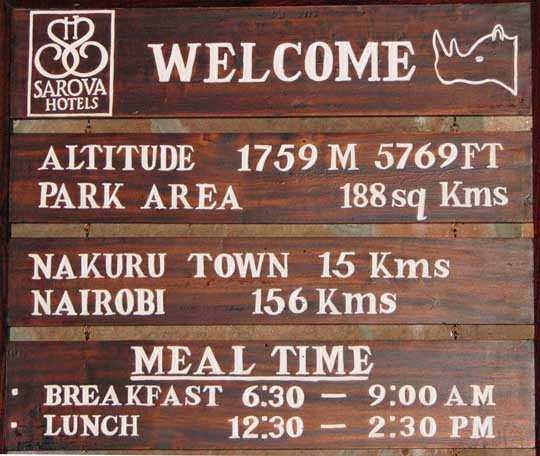
As you will find as you see the pictures that follow, this was a difficult place for me to get good shots. Quite a few of the animals were some distance from the road, and the leopard shots were taken at dusk - and my camera didn't seem to like that light - grainy pictures and difficult focus.
On our first safari here we immediately see Water Bucks.
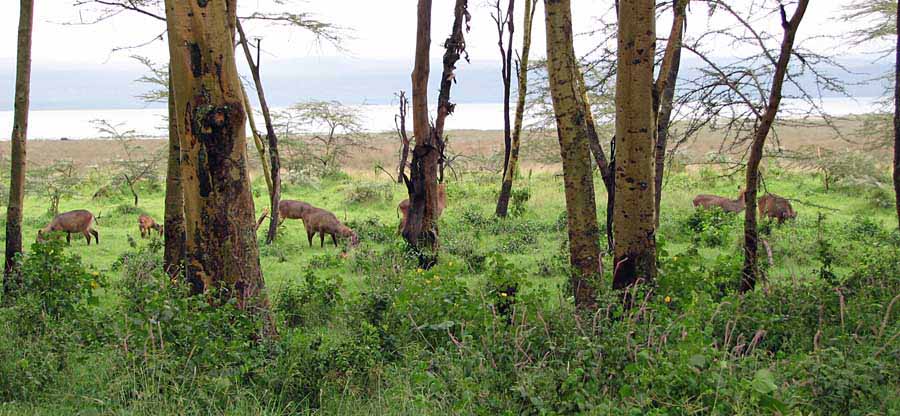
Then we see more of them.

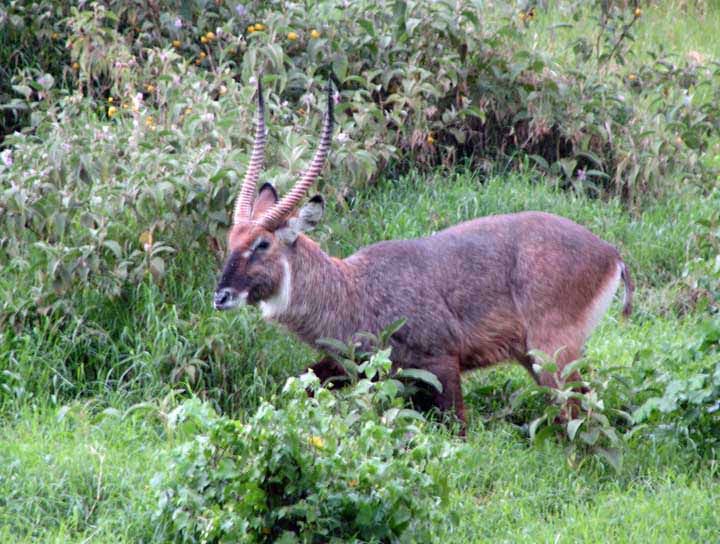
Baboons

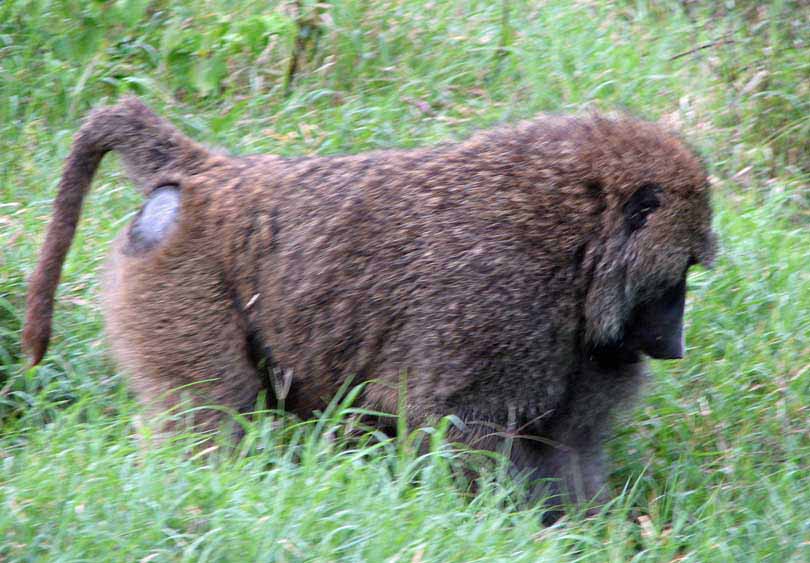

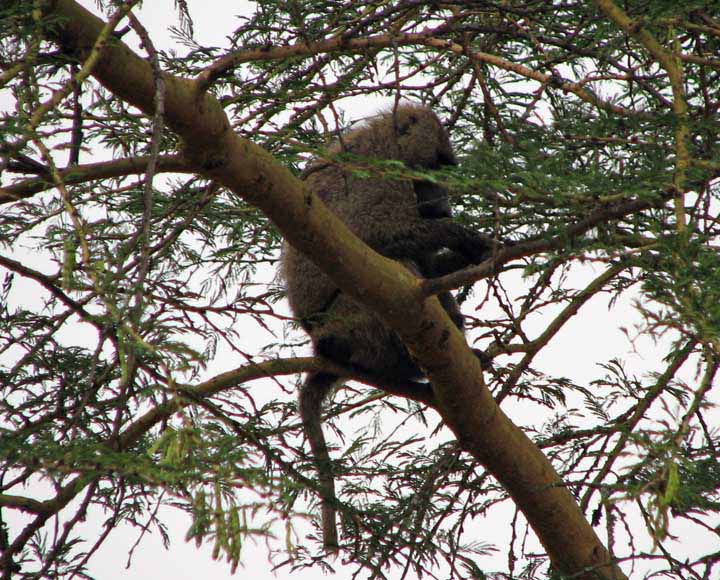
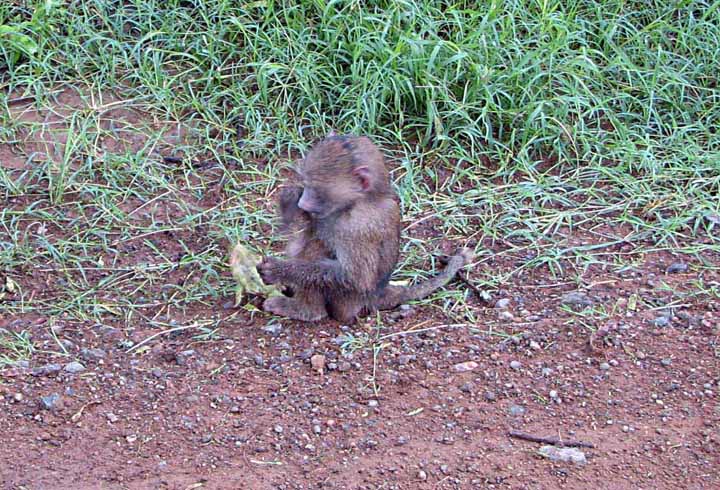

Cape Buffalo
Notice the one below with a bird on his back and
grass
on his horns
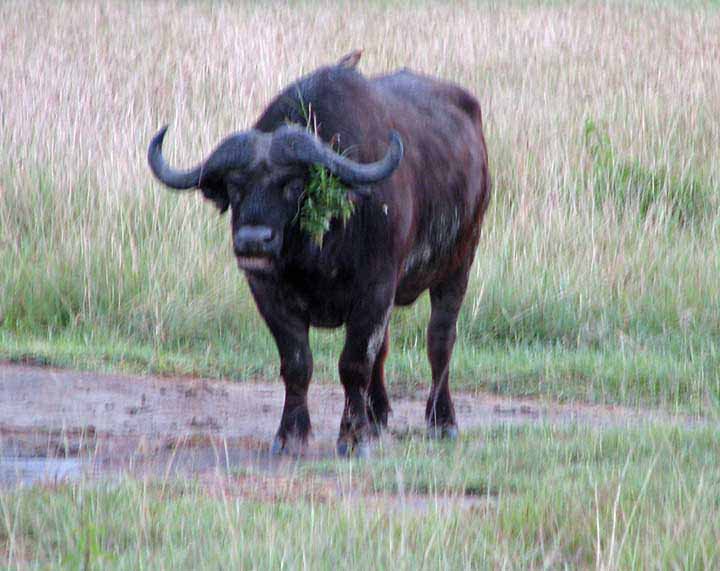
Lake Nakura is one of few places to see Rhinoceros. These are White Rhinoceros
A pretty rare sight!
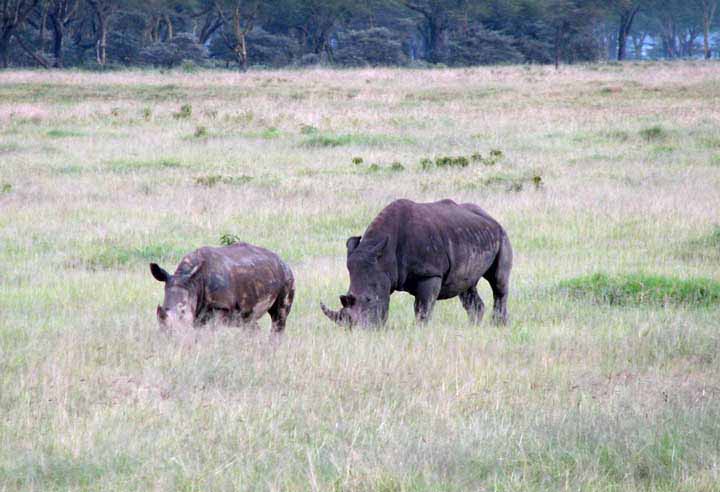

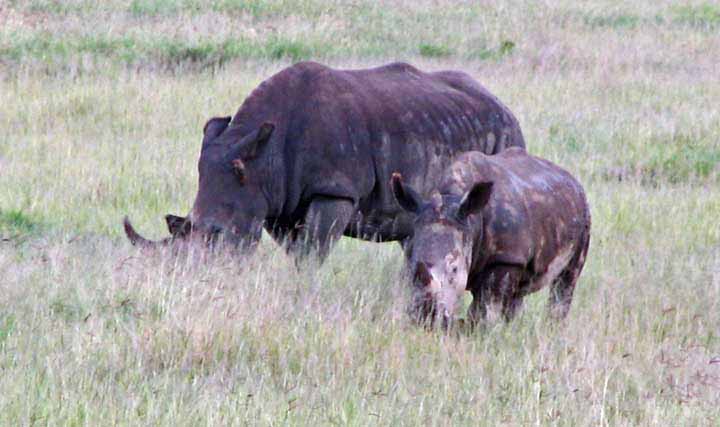
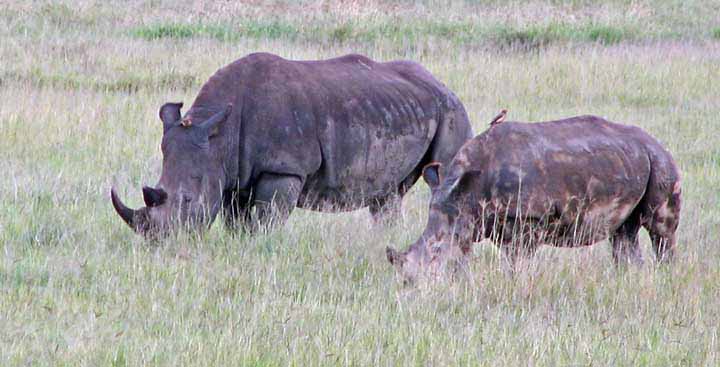 Birds
along for the ride
Birds
along for the ride



Birds ride the Cape Buffalo as well

These impala make for a great picture


The common eland are near the lake
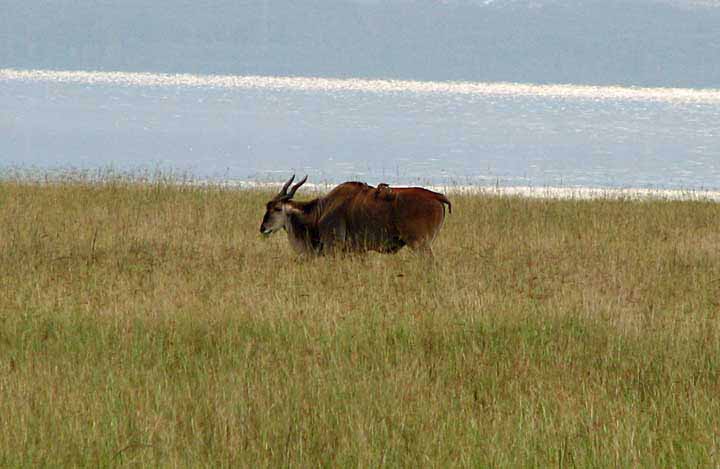
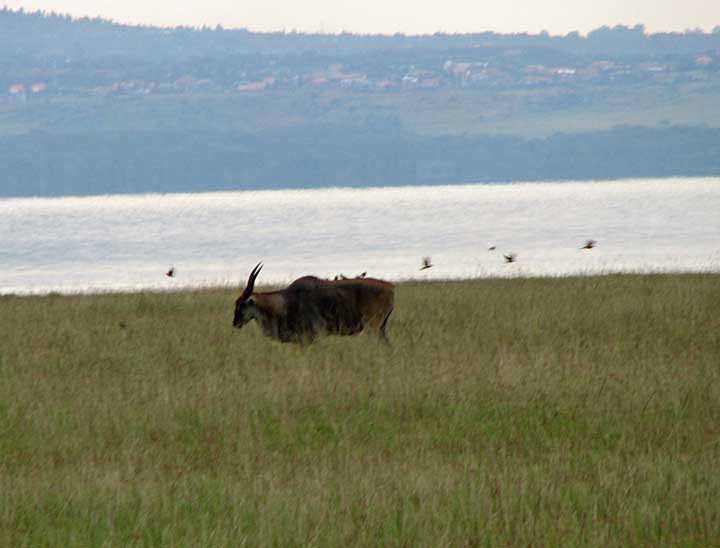
Cape Buffalo with Lake Nakura and flamingos in the background

More riders

Zebra and Grant's gazelles on the edge of the forest
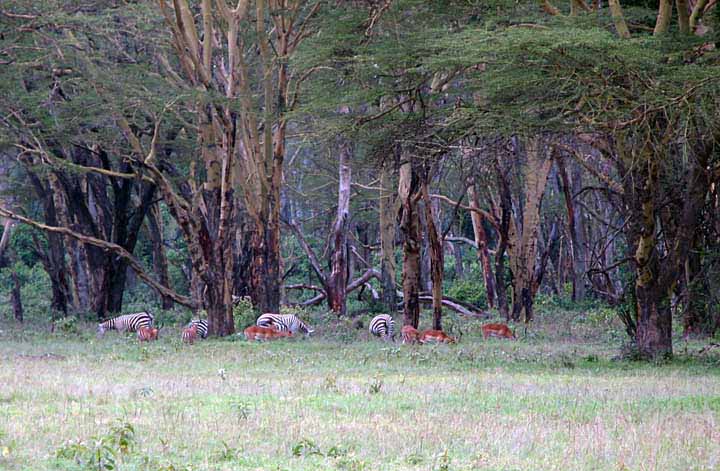
A herd of Zebra - much like horses - bickering, biting and rolling in the dust
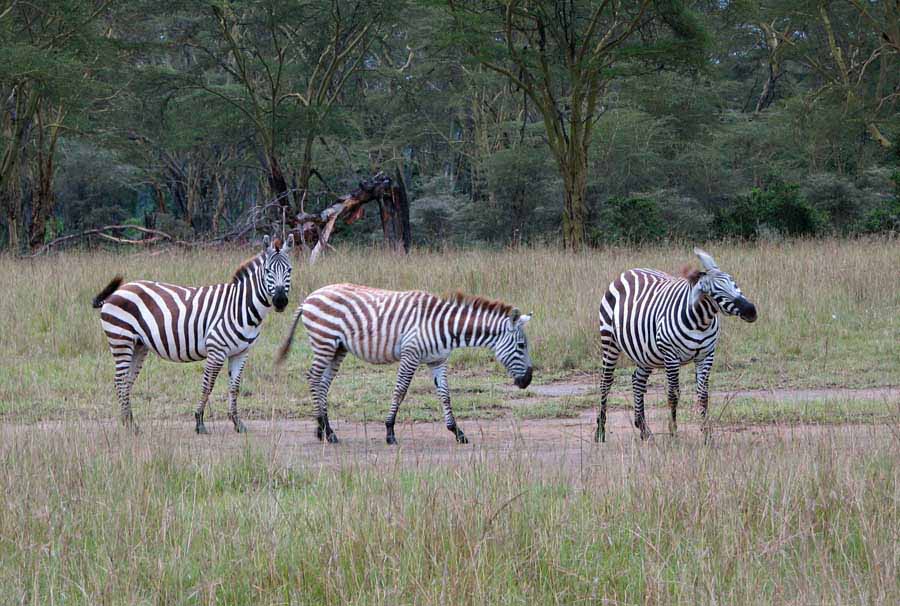

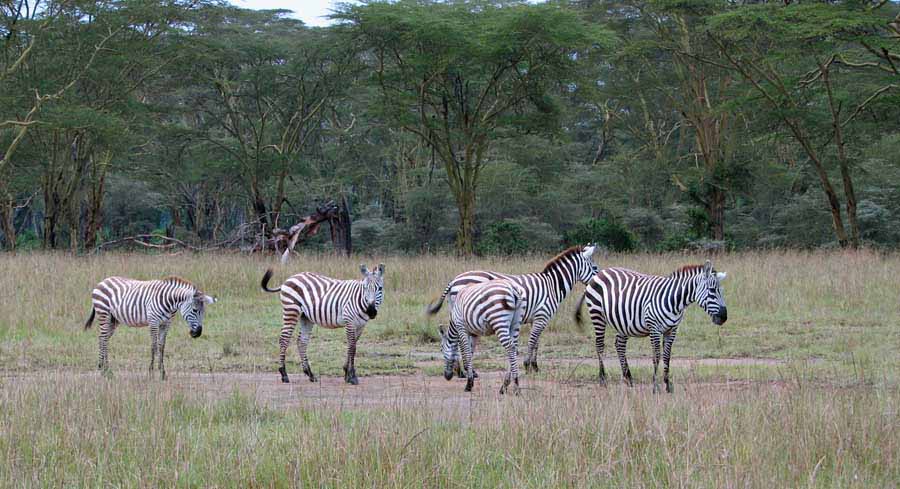
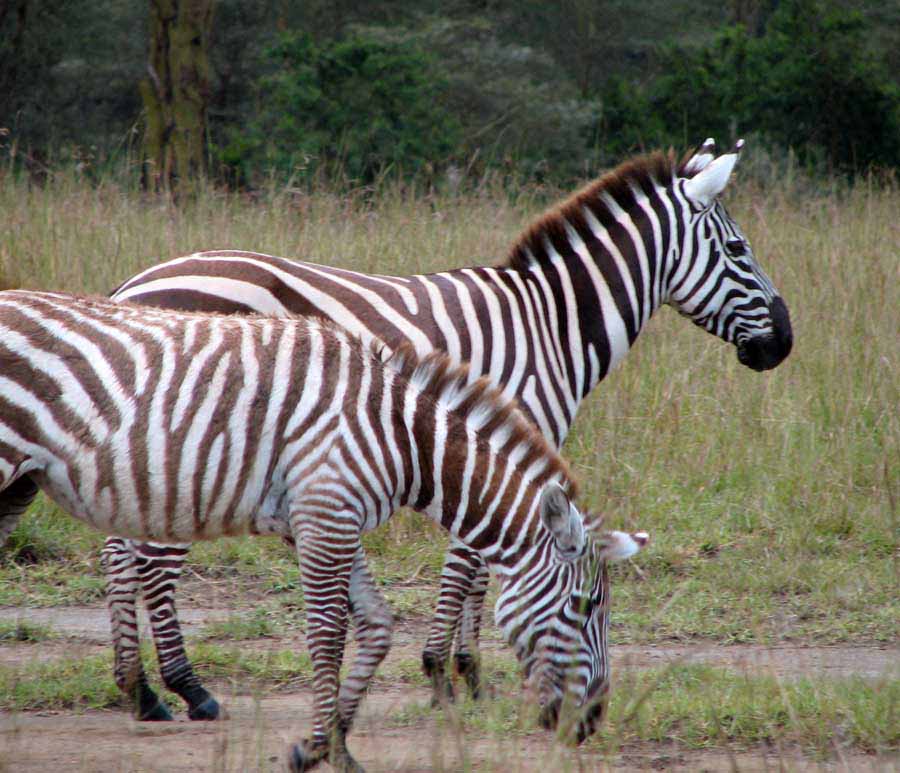

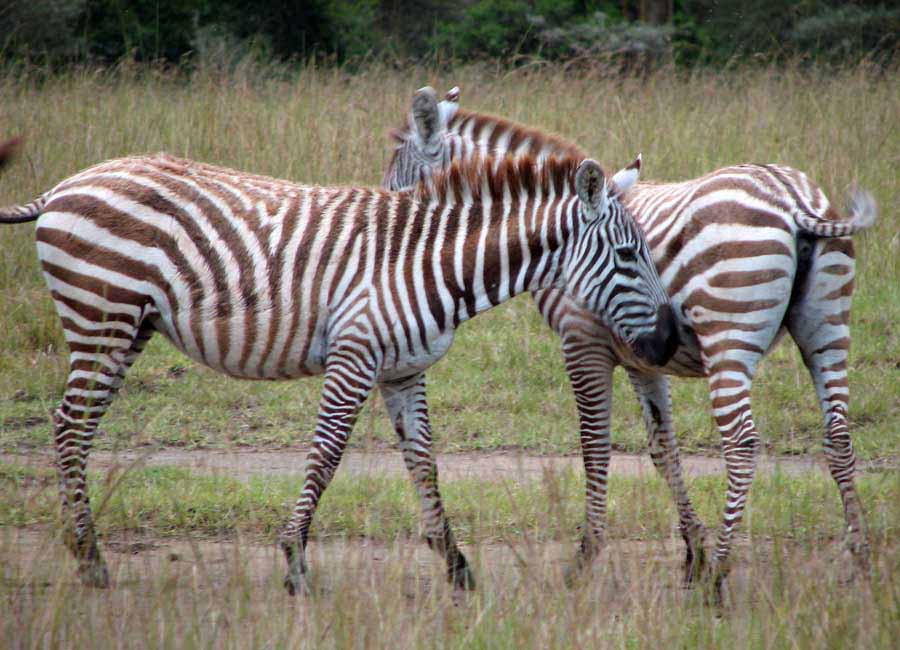
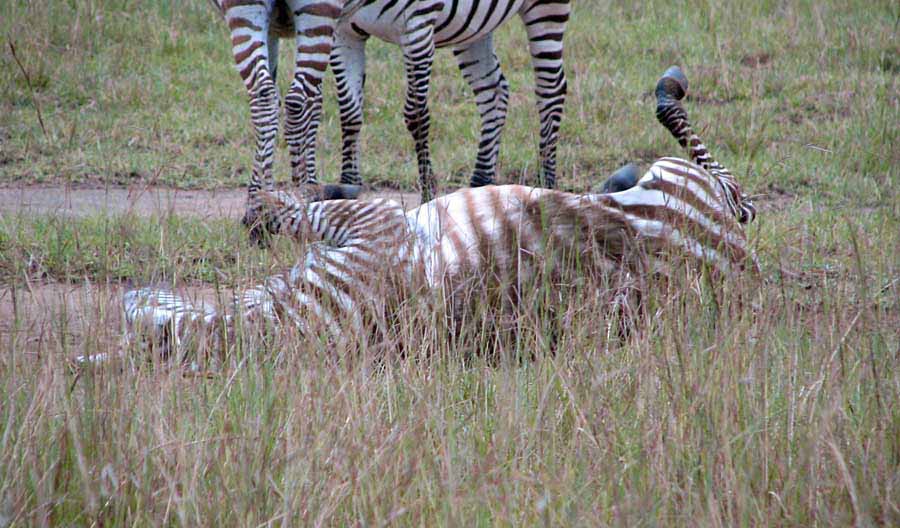
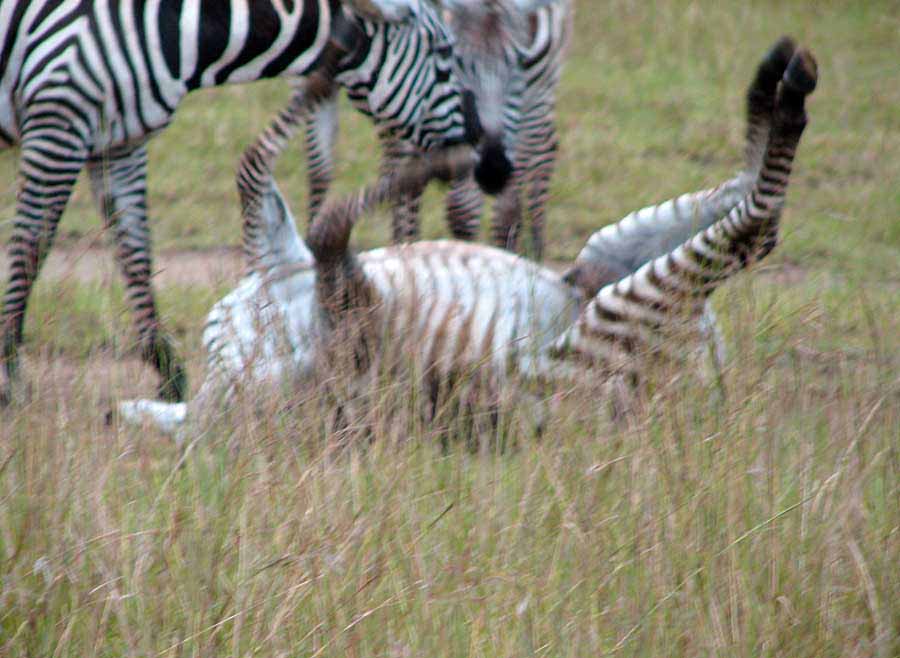
Another herd coming out of the forest towards the lake
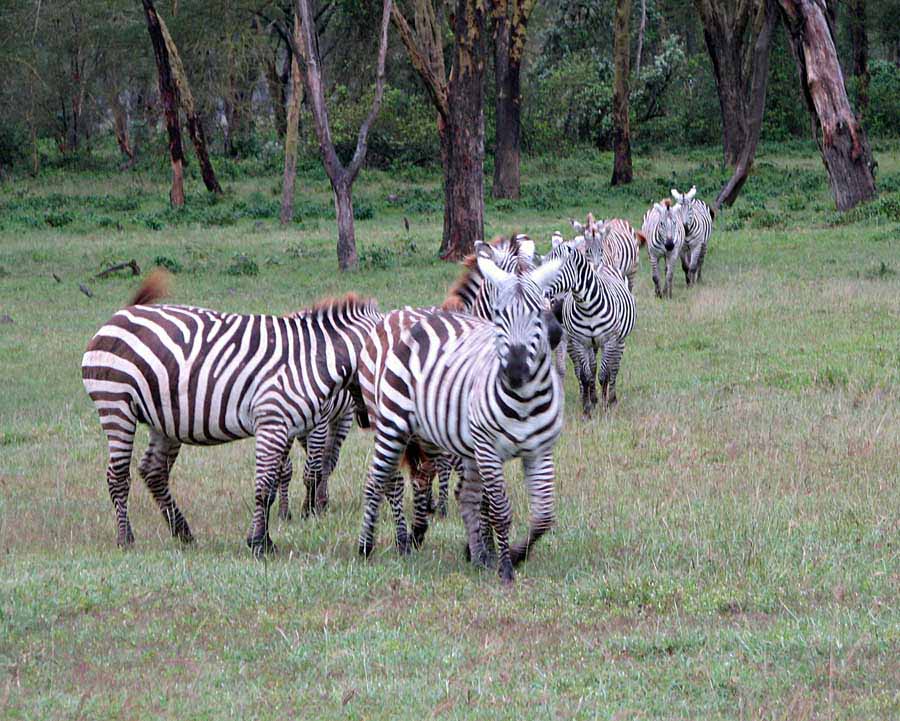

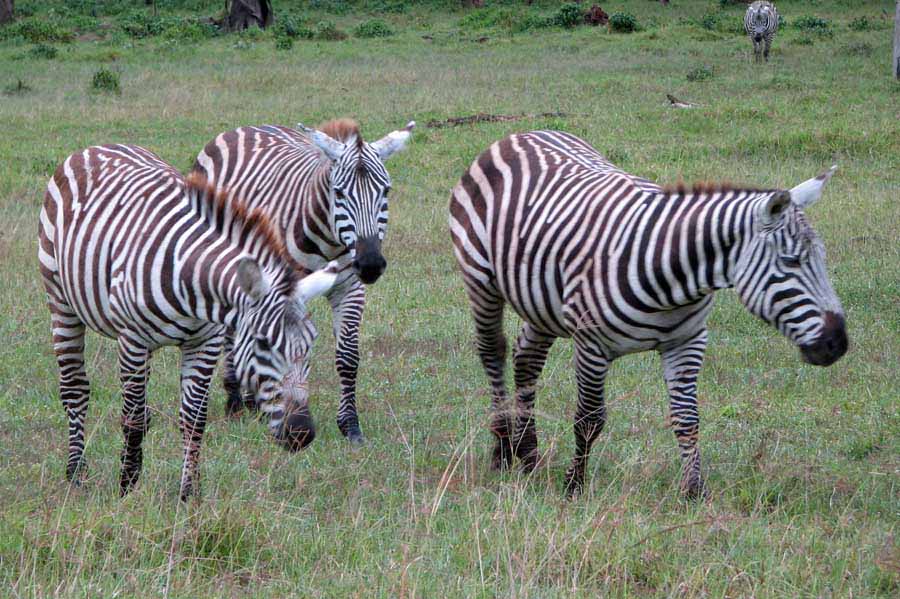
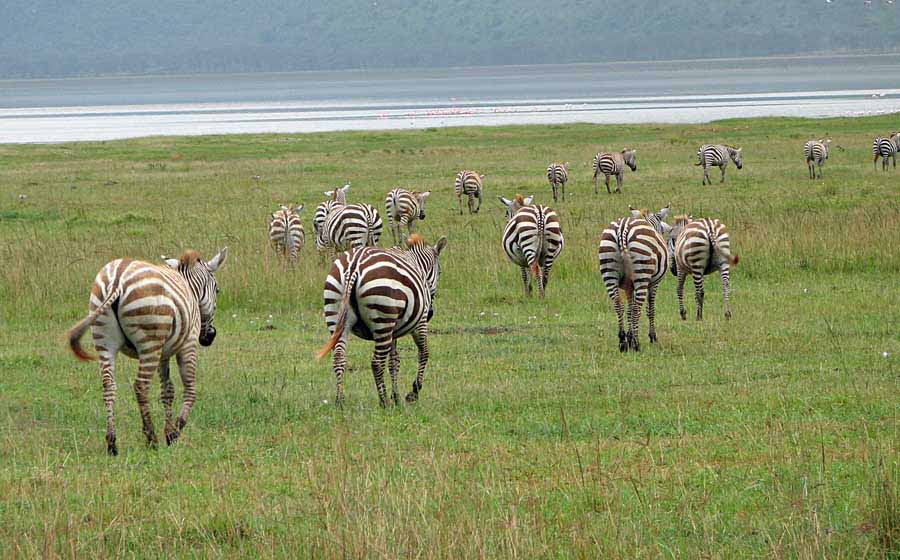
The famous Lake Nakura Flamingos - we were told that at some periods of the year, the entire lake is pink
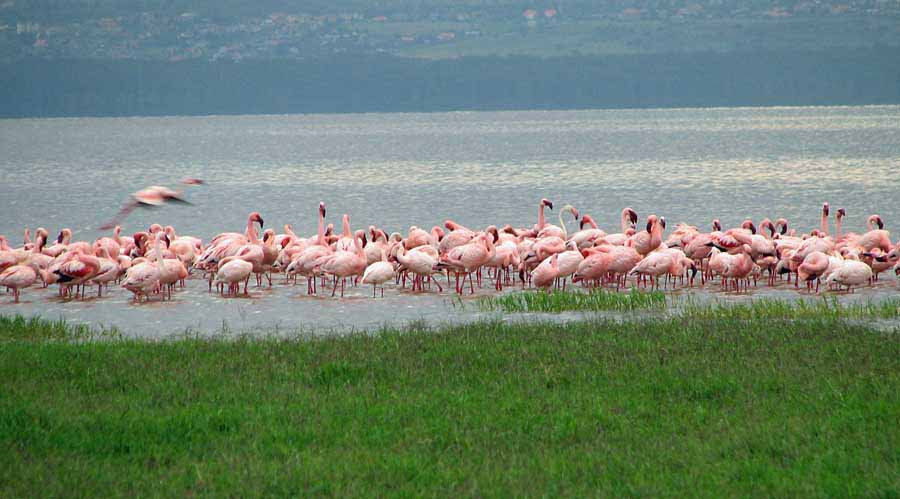

And the pelicans
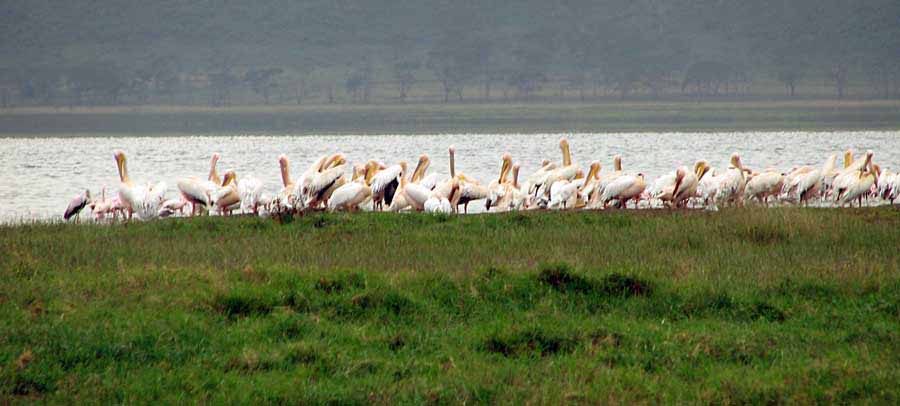

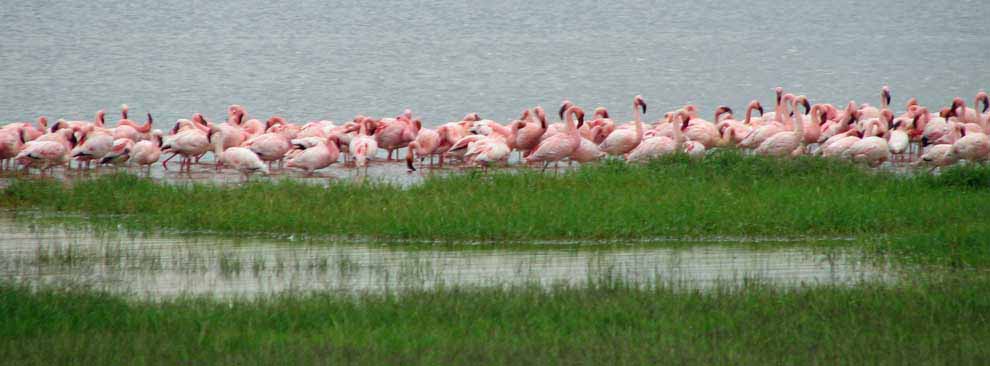
And our last views of the White Rhinoceros
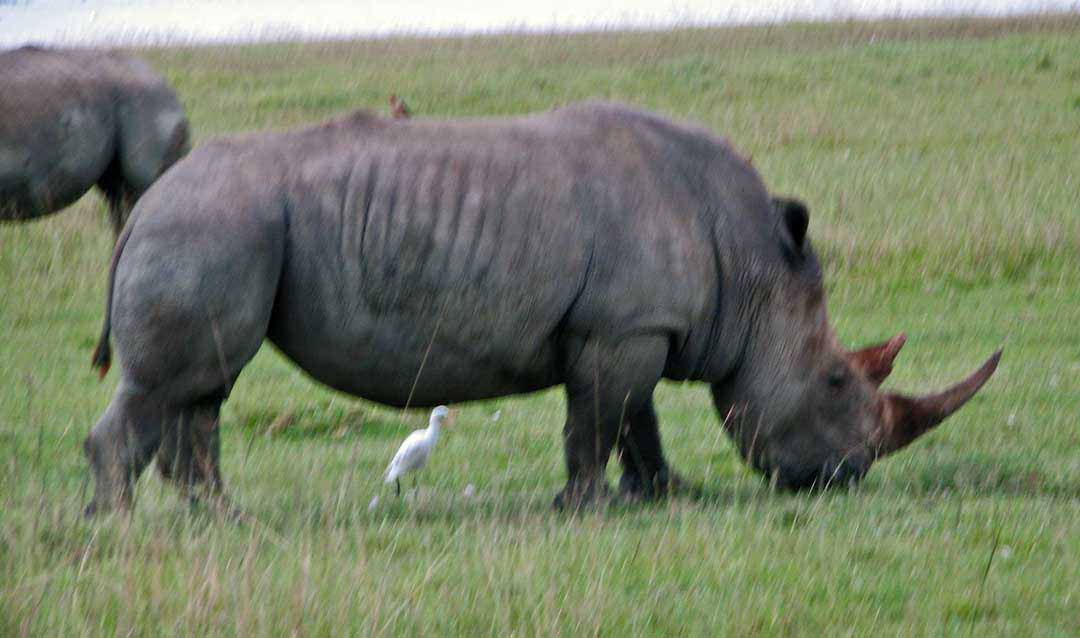

These next pictures require some explanation
One of the most prized African safari pictures are those of leopards in trees. We came upon this leopard at dusk. Light was dropping so quickly I took as many pictures as possible - it got to the point focusing was a guess, as was the actual location of the leopard. The vast majority of the pictures were worthless, and you may think the ones I save are of little value. This first picture is what the actual images looked like before I spent extensive time with PhotoShop.

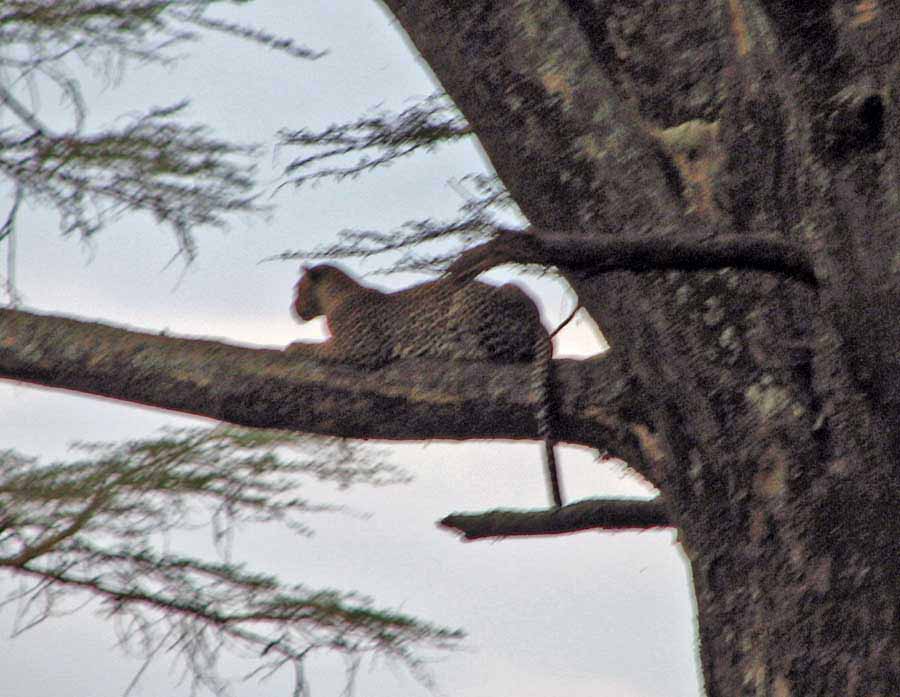
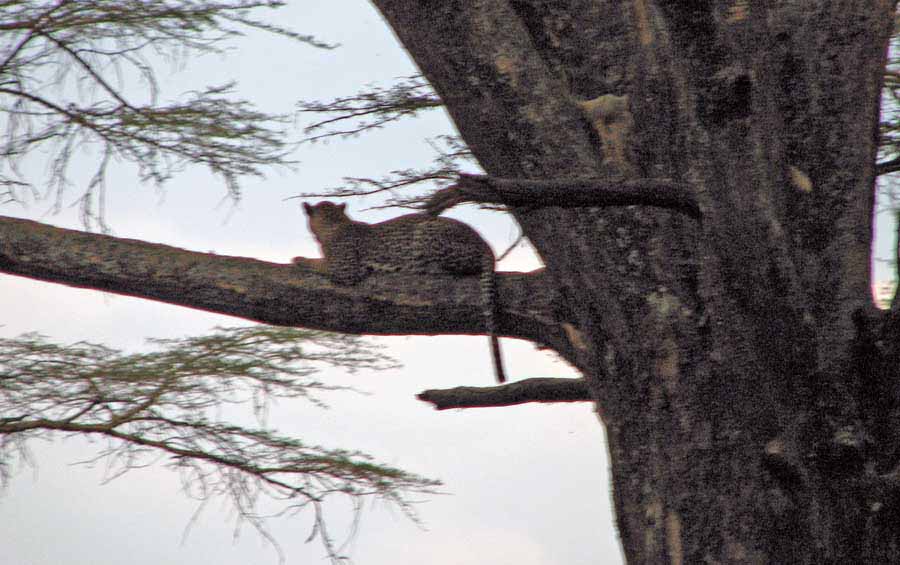
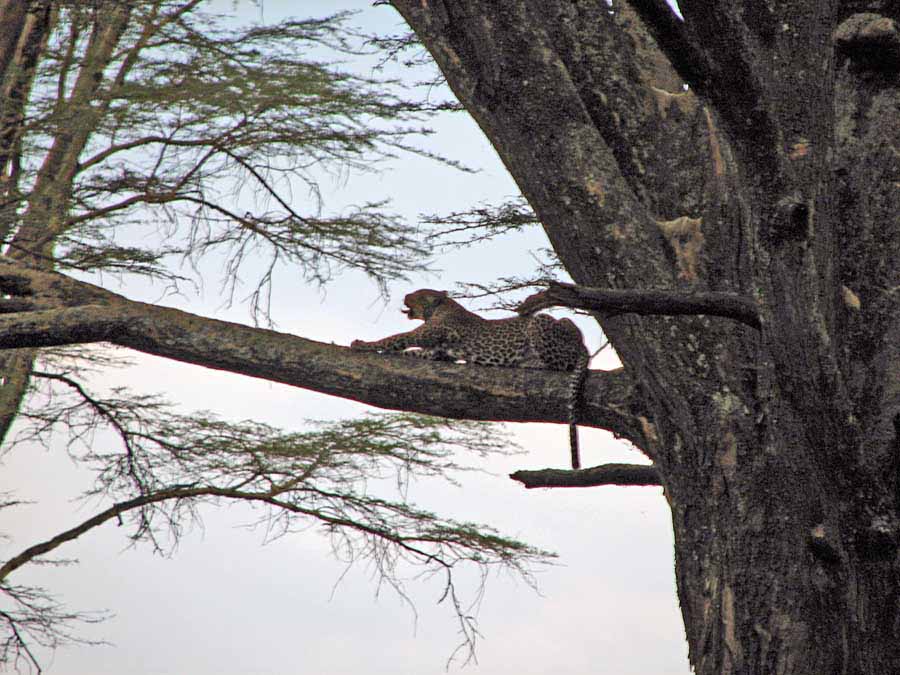


Well, we got a couple keepers out of this small batch.
And the _________ Hawk watches in amusement
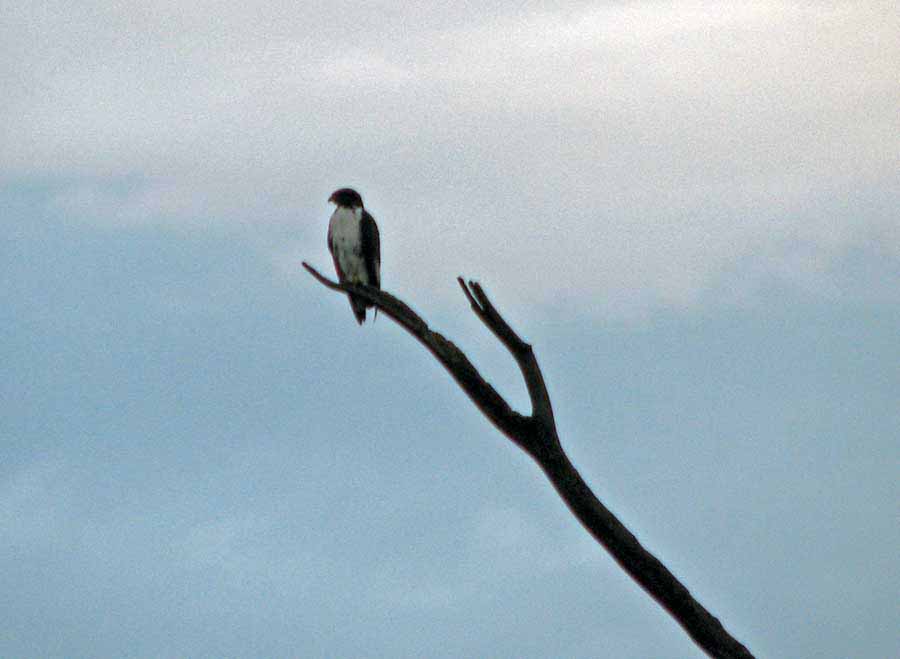

~ ~ ~ ~ ~ ~ ~ ~ ~ ~ ~ ~ ~ ~ ~ ~ ~ ~ ~ ~ ~ ~ ~ ~ ~ ~ ~ ~ ~ ~ ~ ~ ~ ~ ~ ~ ~
And we're off to Masai Mara National Reserve, Keekerok Lodge